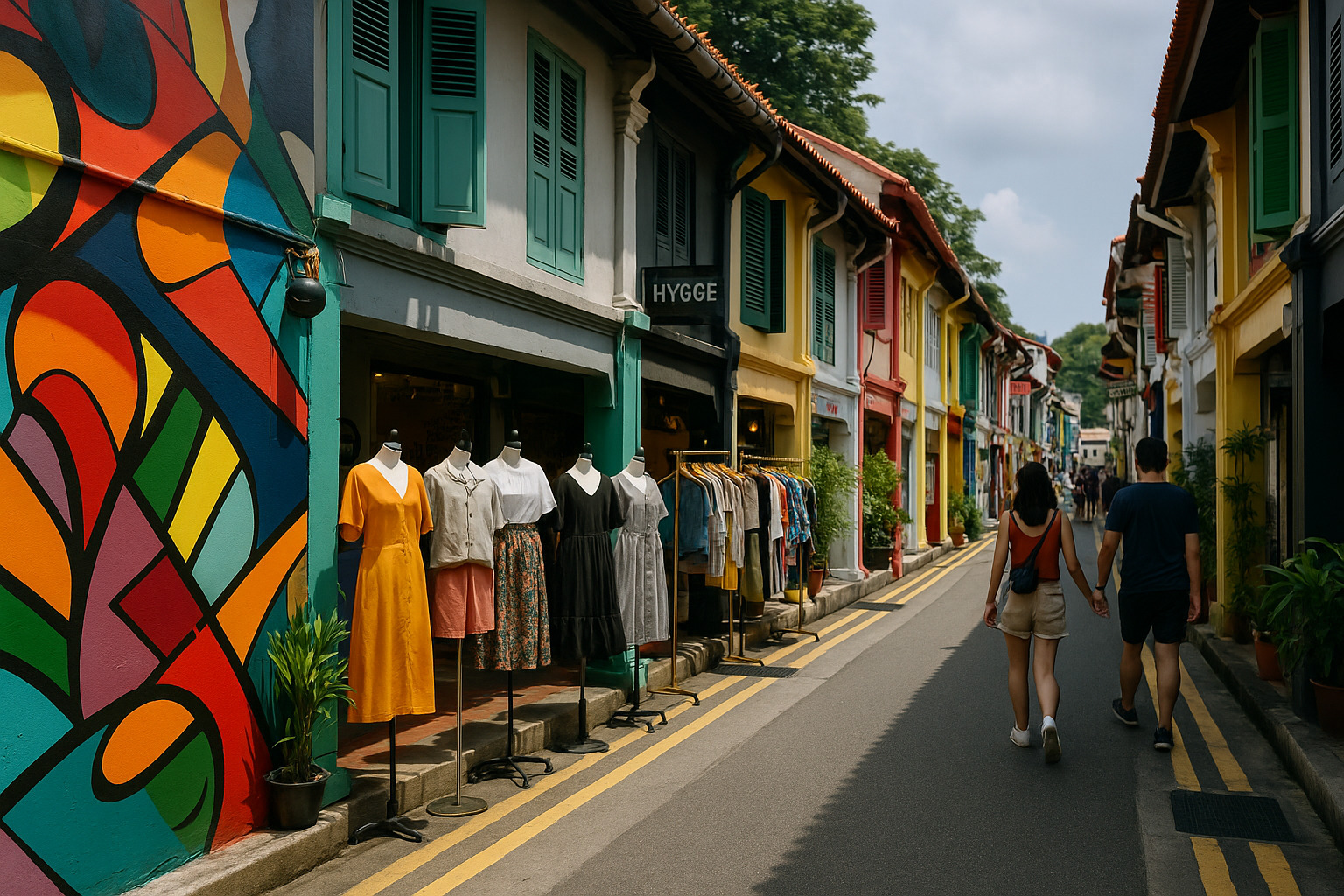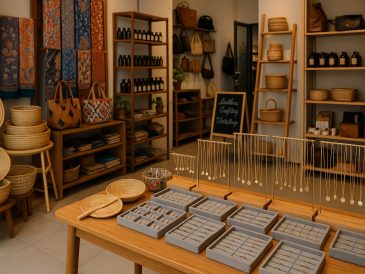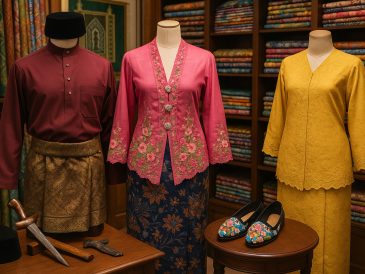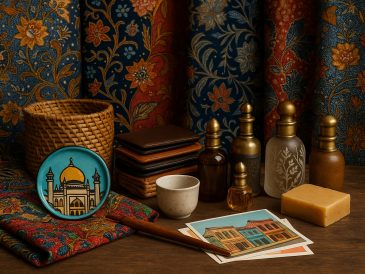Haji Lane isn’t just a street—it’s a style statement. Tucked between Arab Street and Beach Road, this narrow stretch pulses with bold aesthetics, indie grit, and a fashion sense that’s both defiant and expressive. If you’re wondering where to shop for local design or one-of-a-kind finds, Haji Lane’s boutiques provide the answer.
This is where handmade replaces mass production, and racks of character-packed pieces replace cookie-cutter wardrobes.
Why Haji Lane Stands Out
Each boutique here feels like its own gallery. Small stores make big statements. The lane’s shopfronts are often painted in loud colors or layered with murals. Inside, you’ll find everything from streetwear to vintage reworks.
What sets Haji Lane apart isn’t just variety—it’s intent. Many shops are owner-run, and the people behind the counter are often the minds behind the clothes. This makes each purchase personal.
Top Boutiques That Define Haji Lane
1. The Editor’s Market
Minimalist, well-structured, and affordable. Known for its neutral palettes and smart layering options. Popular among Singapore’s youth for trend-aware cuts without fast fashion baggage.
2. Modparade
Quirky prints, pastel palettes, and loose silhouettes. This boutique leans playful, with pieces that twist everyday casualwear into something distinctive. Think oversized button-downs with embroidered lemons.
3. Hygge
A shop inspired by Danish calm, but stocked with curated streetwear. Think clean lines, monochrome basics, and unisex apparel that blends comfort with intent. They often collaborate with local artists.
4. Grammah
Bold, unapologetic, and distinctly retro. Grammah curates ’80s and ’90s-inspired pieces with bright colors, oversized prints, and chunky accessories. The store’s visual identity blends streetwear with vintage pop culture, attracting fashion hunters after statement outfits and nostalgic edge.
5. Plop Apparels
Plop Apparels injects humor and boldness into streetwear with quirky graphic tees, playful slogans, and offbeat designs. Rooted in self-expression, the brand mixes minimal cuts with maximal personality. Ideal for those who wear their moods, thoughts, or sarcasm on their sleeves—literally.
What You’ll Find Across the Lane
- Handcrafted Jewelry
Resin pieces, clay earrings, hand-hammered brass—nothing mass produced. - Streetwear Drops
Limited runs, designed locally or imported from indie Asian labels. - Vintage and Reworked Apparel
Denim jackets with patches, ’90s graphic tees, vintage sportswear, and upcycled silk skirts. - Sustainable Brands
Labels that work with organic cotton, recycled fabric, and zero-waste packaging. - Concept Shops
Retail spaces that double as art galleries, often with installations or pop-up collabs.
When to Visit
Weekends bring foot traffic, buskers, and occasional pop-up markets. If you’re after a quiet stroll, weekday afternoons are ideal. Most shops open around 11am and close by 8pm.
Style Tips Before You Shop
- Wear breathable clothes. The lane is outdoor, and Singapore’s humidity is real.
- Carry cash or PayNow. Some smaller boutiques still avoid card terminals.
- Talk to the shopkeepers. Many are the designers themselves—ask questions, hear stories.
- Try things on. Sizes and fits differ widely; one brand’s medium is another’s oversized.
Where to Stop for a Break
Haji Lane is also flanked by cafés and dessert stops that fuel both shopping and scrolling.
- Cafe Margaret – A Korean-inspired dessert café known for cube-shaped pastries, layered croissants, and soft lighting perfect for unwinding.
- Gelato Garden – Artisanal gelato served in floral-inspired cups. Known for flavors like Musang King Durian, Mulberry, and Peach Oolong, it’s a refreshing stop after a shopping spree.
- Smashed – Juicy smashed burgers with crispy edges and flavorful toppings.
The Spirit Behind the Clothes
Haji Lane boutiques thrive on self-expression. There’s no dress code, no trend policing. Whether you walk out with a batik-printed jumpsuit or an iron-on patch, the street invites you to wear your finds with attitude. It’s shopping with conversation, context, and community built into the hem.
Every hanger holds more than fabric—it holds someone’s decision to shape fashion from the street up.




